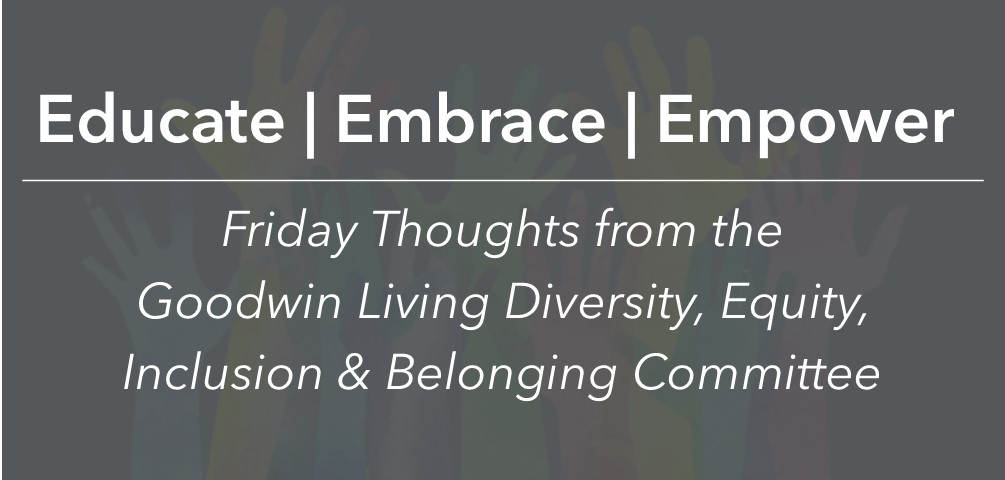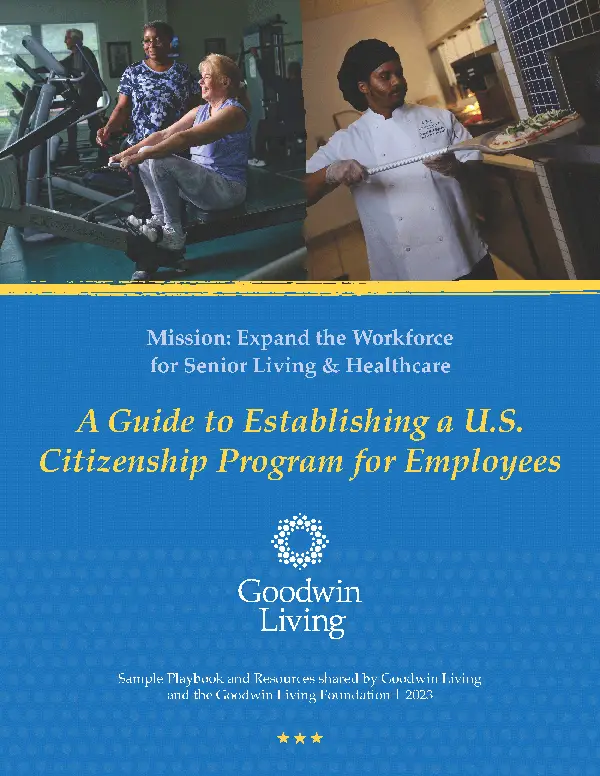
Diversity Equity Inclusion & Belonging - November 11, 2024
by Brian Patterson, Culinary Innovation and Development Chef
In 2010, the Taos Pueblo Tribal Council celebrated the 40th anniversary of the return of Blue Lake to the Pueblo Nation. This return was one of many acts of reparation enacted during the Nixon administration, and one of the agents of those reparations was my dad, Bradley H. Patterson Jr.
Despite his many faults, President Nixon was a champion of reparations to Native American peoples. My dad was instrumental in implementing Nixon’s policy of Indian Self-Determination, aiding in restoring fishing rights to the Yakima, facilitating the passage of the Alaska Native Claims Settlement Act and helping with the return of Blue Lake to the Taos Pueblo. At 89 years old, my dad was a keynote speaker at the 2010 commemoration ceremony.
November is National Native American Heritage Month, a time when we as a nation celebrate the history, culture and traditions of Native Americans, Alaska Natives, Native Hawaiians and affiliated island communities. This month represents a significant opportunity to spotlight the diversity and inclusion of Indigenous peoples and to acknowledge their enduring contributions to our society.
On August 3, 1990, President George H. W. Bush declared November as National American Indian Heritage Month, also referred to as Native American Heritage Month. The official bill called upon federal, state and local governments to observe the month with appropriate programs, ceremonies and activities. This landmark legislation was a major step in formally recognizing Native American heritage, building on earlier efforts that began in 1976 when Cherokee/Osage Indian Jerry C. Elliott-High Eagle authored Native American Awareness Week legislation.
This commemorative month serves as a platform for Native people in the United States to share their vibrant cultures, traditions, music, crafts, dance and philosophies. It offers an opportunity for these communities to voice their concerns and offer solutions for building bridges of understanding and friendship within their local areas. Furthermore, federal agencies are encouraged to implement educational programs for their employees regarding Native American history, rights, culture and contemporary issues, fostering awareness and respect in their dealings with Native communities.
Growing up, I traveled with my parents to various Native American nations and reservations, meeting tribal elders and kids my age. I crawled through the cliff dwellings of Canyon de Chelly National Monument and drove up the steep mesas of the Hopi Nation. These experiences taught me about the grievances suffered by Indigenous peoples under the guise of “manifest destiny.”
I witnessed firsthand the occupation of the Bureau of Indian Affairs and the pivotal moment when my dad was flown into Pine Ridge to mediate between federal marshals and Oglala Lakota during the standoff at Wounded Knee. His interventions in the occupation of Alcatraz were broadcast on national news, illustrating his commitment to restoring trust and peace between the federal government and Indigenous peoples.
I celebrate National Native American Heritage Month not only to honor Native Americans but also to honor my father’s legacy in advocating for justice and understanding between Indigenous communities and the federal government. His efforts represent a significant chapter in the history of reparations and self-determination—a narrative that continues to unfold today.
As the National Museum of the American Indian states, this month serves as a chance “to unlearn Columbus Day and get a sense of history about the First Americans.” It reminds us that since time immemorial, American Indians, Alaska Natives and Native Hawaiians have cultivated rich cultures, safeguarding their lands, languages, spirits, knowledge and traditions across generations. On Indigenous Peoples’ Day and throughout National Native American Heritage Month, our nation is called to recognize and celebrate the invaluable contributions and resilient spirit of Indigenous peoples.
Navajo Nation President Buu Nygren aptly describes the fall season as marking the end of the growing season, a time for harvesting and storing food for winter. It is also a transitional period moving from summer ceremonies to winter rites, reflecting the deep connection that Indigenous peoples have with the land and the cycles of nature.
As I reflect on the significance of this month, I recognize the importance of ensuring that Native voices are heard and respected in our communities. It serves as a profound reminder that the richness of our nation’s cultural fabric is deeply intertwined with the history and experiences of Indigenous peoples. Celebrating National Native American Heritage Month is not merely an act of recognition; it is an affirmation of diversity, inclusion and our collective responsibility to foster understanding and reconciliation.
For those interested in exploring the history and culture of Native Americans further, here are some valuable resources:
By engaging with these resources, we can deepen our understanding of Native American heritage and contribute to a more inclusive society.
____________________
Goodwin Living DEIB Committee: Statement of Purpose: Educate, Embrace and Empower team members, residents, members* and all served by Goodwin Living to support Diversity, Equity, Inclusion and Belonging.
Goodwin Living DEIB Committee Desired Outcome: The Diversity, Equity, Inclusion and Belonging Committee (DEIB) will seek open and honest communication and collaboration that will inform and celebrate the age, culture, ethnicity and sexual orientation of team members, residents, members* and all served by Goodwin Living without bias.
*Members include Priority Club members and Goodwin Living at Home. Questions or comments? Please contact us DEIB@GoodwinLiving.org
